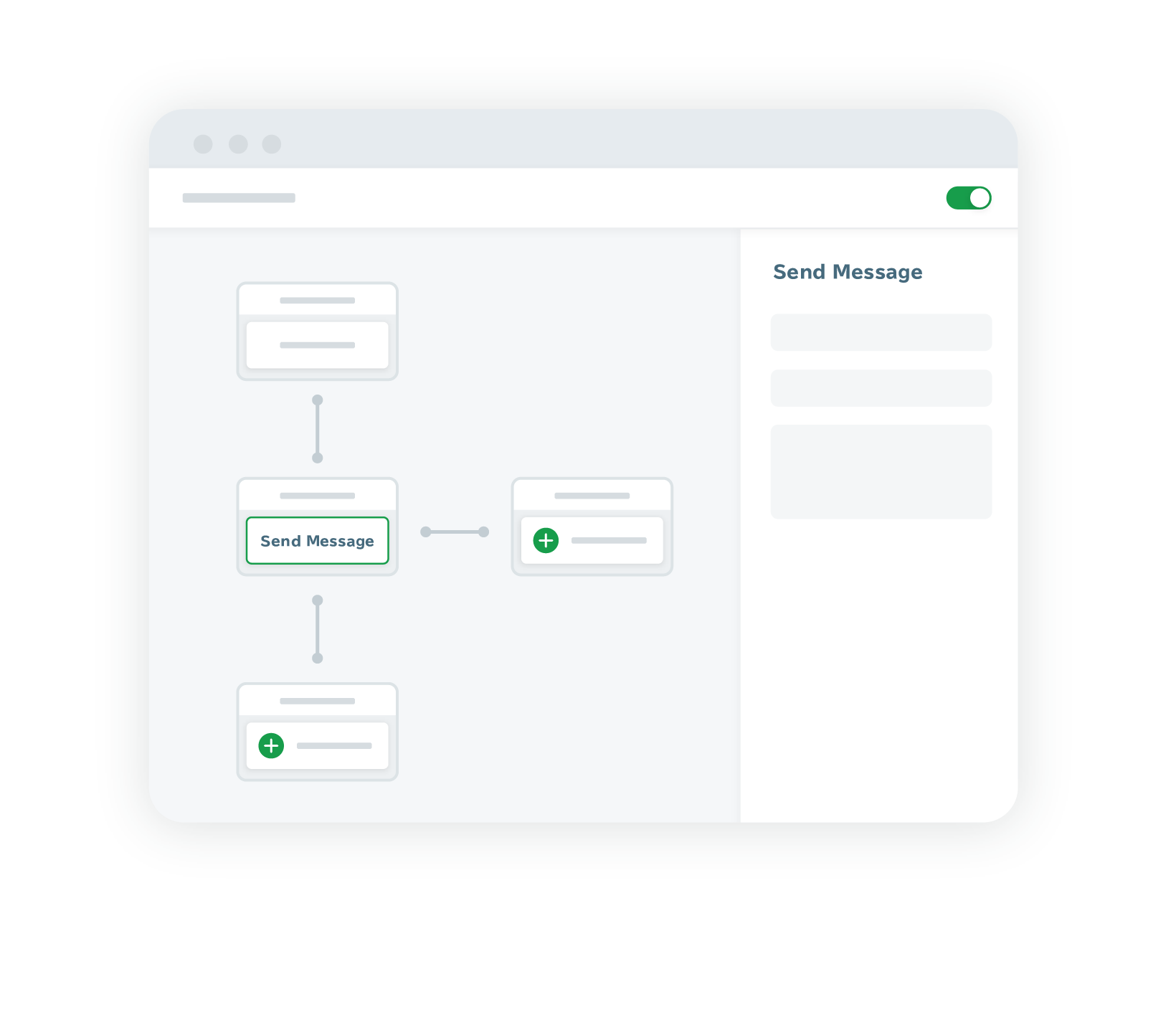
The big one is that Shopify is a well-established platform, and there’s a significant development community supporting their transition into headless eCommerce.
MULTIPASS SHOPIFY PLUS
Ignoring the Shopify Plus issue for the moment, and assuming this isn’t a deal-breaking problem for your store, there are unique benefits of using Shopify for a headless setup. However, if you want to use a different payment provider, they add on an extra 2% on top, which can eat into your profit margins. Depending on which plan you’ve subscribed to, Shopify charges around 1.75% per transaction for domestic cards and 2.90% for international cards. It also has its own payment gateway, Shopify Payments, which Stripe powers. We’ve recently been consulting with a couple of European brands that aren’t quite ready to pay $2,000 a month but need to sell their products in different currencies because they’re surrounded by other countries that make up their target market.Īlong the same lines of multicurrency, Shopify integrates with a wide range of payment providers. This feature is desirable for plenty of larger companies pushing an international market, but it’s arguably more important for small to medium retailers in Europe. Unlocking Shopify Plus also means your store can sell products in different currencies. This price tag doesn’t phase retailers pulling in over $2 million a year, and they’re the businesses Shopify is targeting.

MULTIPASS SHOPIFY UPGRADE
Having to upgrade to solve these problems brings us to the first and only defining downside of using Shopify as the eCommerce engine in a headless store - paying $2,000 a month for a subscription. You can overcome these problems by upgrading to Shopify Plus.
MULTIPASS SHOPIFY FULL
This limitation boils down to users not seeing their past purchases and filling in their full details every time they make a purchase. Similarly, there’s no way for Shopify to pre-fill the user’s details if they’ve already created an account on the site. Since regular Shopify plans force checkout to happen on Shopify’s domain, and headless stores use their own domain, there’s no way for your headless store to know the user’s purchase was made successfully. purchases, settings, account details) to be shared across domains. This feature allows user account information (i.e. Most stores can get away without access to gift cards or their staff accounts through the API. These features can all be unlocked by upgrading to Shopify Plus. The restricted parts of the API are gift cards, staff accounts, and “multipass”. In most cases, the default access to Shopify’s API will be enough for an excellent solution. On Shopify Lite, Shopify Basic, Shopify or Shopify Advanced plans, your store gets access to most of the storefront API. There are plenty of “starter” projects available on Github for integrating Shopify’s API with websites, eCommerce stores and even games.

The Shopify storefront API is mature, well documented and accessible from a single endpoint which simplifies development.

Shopify lends itself nicely to a headless setup. Let’s dig a little deeper into how each platform suits the headless eCommerce architecture. This is Storyblok’s BigCommerce and Next.js demo.īefore we get too deep, if you’re investigating headless eCommerce options, but you’re still not 100% sure how it works, we’ve written a short, simple explanation that breaks down what headless eCommerce is in simple terms. This is a store we created using Shopify, Prismic CMS and Gatsby.ĪCME Storefront. If you want to check out a couple of examples of each platform in action, you can see them below:įreshOnline. The short answer is they’re both great platforms and make excellent headless solutions. BigCommerce, on the other hand, has specifically implemented the option to move headless without needing to subscribe to a plan priced for larger companies. Shopify has a much bigger user base and boasts many huge multinational eCommerce brands on its list. They’ve both invested development resources into supporting headless setups. Is Shopify or BigCommerce better for a headless store? Both platforms have roughly the same features.


 0 kommentar(er)
0 kommentar(er)
